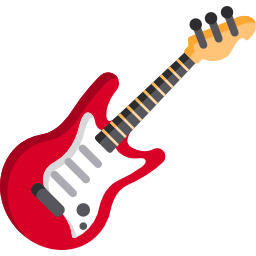Mastering Reverb: A Guitarist's Guide to Sonic Depth
Understanding Reverb Effects for Guitar
Reverb is an effect that simulates the sound of your guitar in different spaces. It adds depth, ambience, and a sense of space to your playing, making it sound bigger and more natural.
Types of Reverb
- Spring Reverb: This classic type uses a spring mechanism to create a characteristic shimmery, slightly metallic reverb. It's often found in older amplifiers.
- Plate Reverb: This type uses a metal plate to create a more spacious and lush reverb sound.
- Hall Reverb: This simulates the sound of a large hall or concert space, offering a very wide and spacious reverb.
- Room Reverb: This creates a more intimate and smaller reverb sound, ideal for close-mic'd recordings.
Using Reverb Effectively
- Pre-delay: This setting controls the time between the initial dry signal and the onset of the reverb. Adjusting this can help prevent the reverb from muddying your sound.
- Decay: This controls how long the reverb sound lasts. Longer decay times create a more sustained and spacious sound, while shorter decay times create a more compact sound.
- Mix: This controls the balance between your dry (unprocessed) guitar signal and the wet (reverb-processed) signal. Finding the right balance is key to a natural-sounding reverb.
Experimentation is Key
The best way to learn about reverb is to experiment with different types and settings. Try different reverb pedals or plugins, and adjust the parameters to find the sounds that work best for your music.
Consider the genre of music you are playing. Different genres often call for different reverb settings. For example, a large hall reverb might be suitable for a stadium rock song, while a smaller room reverb might be better for a more intimate acoustic piece.
Technique
reverb effects
Musical Theory
null
Style
null
Duration
35:39 min
Views
58718
Similar Videos
